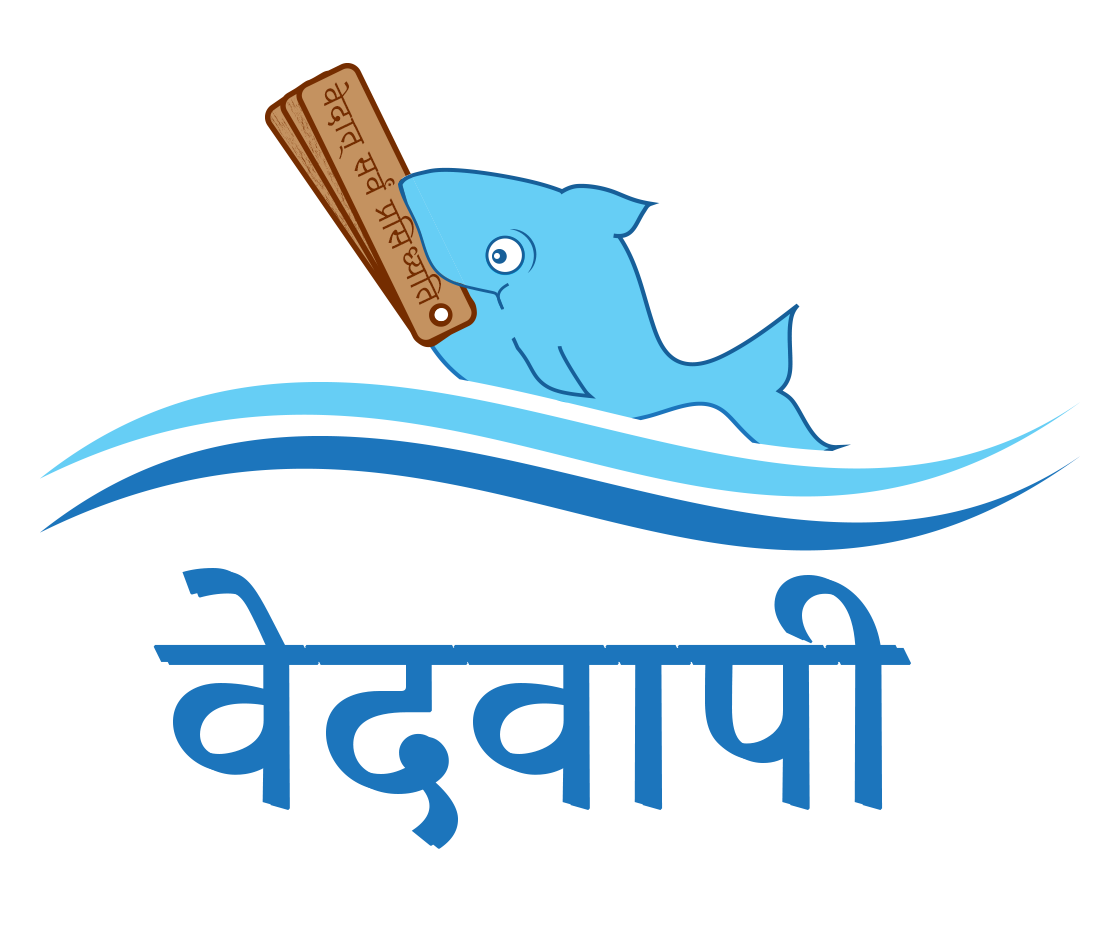PAIAS: Paanini Ashtadhayi Interpreter as a Service
Sarada Susarla, Ph.D Student, Karnataka Sanskrit University, Bengaluru, INDIA
Tilaka M. Rao, Associate Director, Veda Vijnana Shodha Sansthan, Bengaluru, INDIA
Sai Susarla, Dean, MIT School of Vedic Sciences, Pune, INDIA
Abstract
It is widely believed that Pāṇini’s Aṣṭādhyāyī is the most accurate grammar and word generation scheme for a natural language there is. Several researchers attempted to validate this hypothesis by analyzing Aṣṭādhyāyī’s sūtra system from a computational / algorithmic angle. Many have attempted to emulate Aṣṭādhyāyī’s word generation scheme. However, prior work has succeeded in taking only small subsets of the Aṣṭādhyāyī pertaining to specific constructs and manually coding their logic for linguistic analysis.
However, there is another school of thought that Aṣṭādhyāyī itself (along with its associated texts) constitutes a complete, unified, self-describing solution for word generation (kṛt, taddhita), compounding (samāsa) and conjugation (sandhi). In this paper, we describe our ongoing effort to directly compile and interpret Aṣṭādhyāyī’s sūtra corpus (with its associated data sets) to automate its prakṛti-pratyaya-based word transformation methodology, leaving out kārakas. We have created a custom machine-interpretable language in JSON for Aṣṭādhyāyī, a Python-based compiler to automatically convert Aṣṭādhyāyī sūtras into that language, and an interpreter to reproduce Aṣṭādhyāyī’s prakriyā for term definitions, meta-rules and vidhis. Such an interpreter has great value in analyzing the generative capability of Pāṇinian grammar, assessing its completeness or anomalies and the contributions of various commentaries to the original methodology. We avoid manually supplying any data derivable directly from Aṣṭādhyāyī. Unlike existing work that aimed at fast interpretation of rules, we focus initially on fidelity to Aṣṭādhyāyī.
We have started with a well-annotated online Aṣṭādhyāyī resource. We are able to automatically enumerate the character sequences denoted by saṃjñās defined in Aṣṭādhyāyī, and determine which paribhāṣā sūtras apply to which vidhi sūtras. We are in the process of developing a generic rūpa-siddhi engine starting from a prakṛti-pratyaya sequence.
Our service named PAIAS provides programmatic access to Aṣṭādhyāyī, its data sets
and their interpretation via open RESTful API for third-party tool development.
Here is the link to the full paper at the World Sanskrit Conference 2018.
